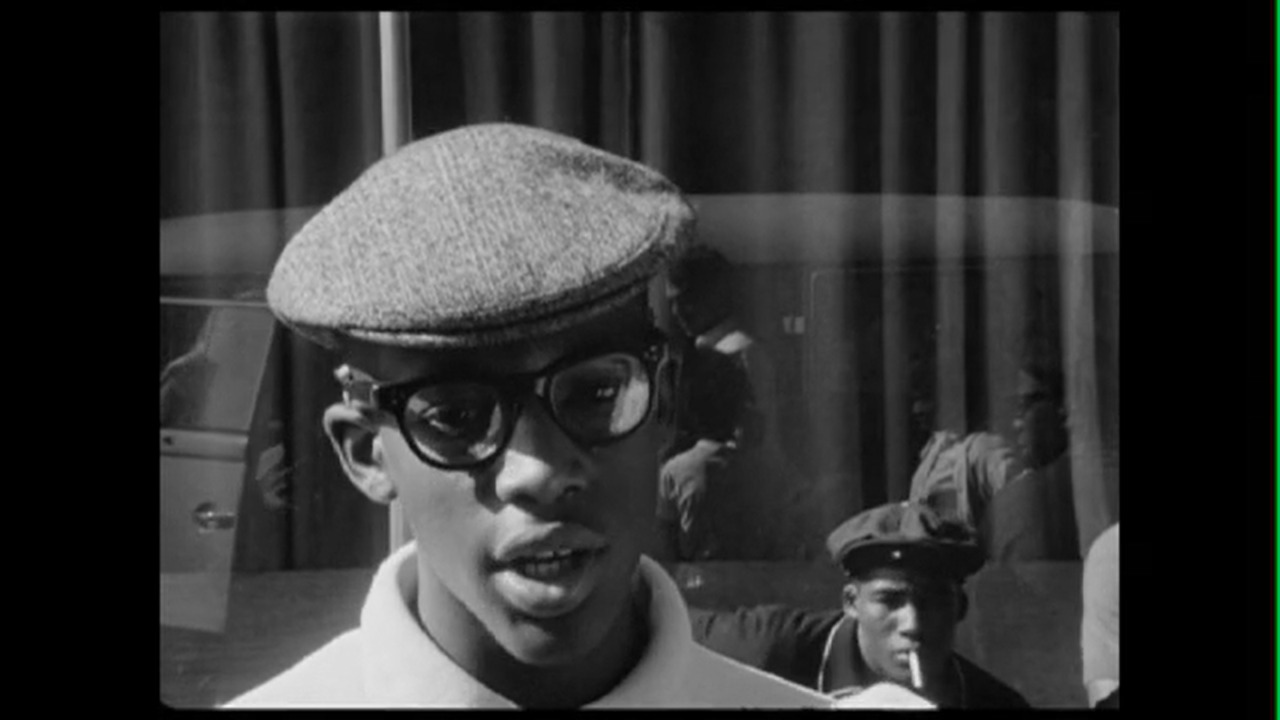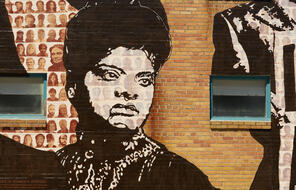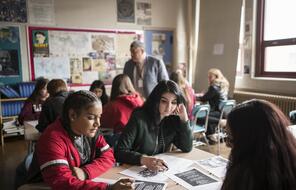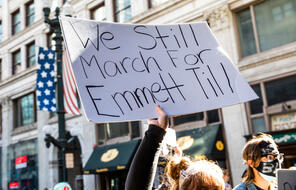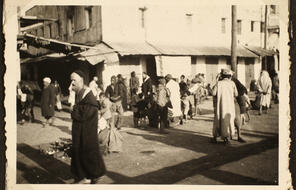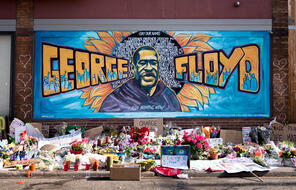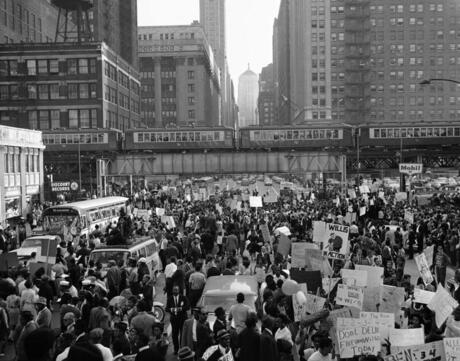
10 Questions for the Past: The 1963 Chicago Public Schools Boycott
At a Glance
Language
English — USSubject
- Civics & Citizenship
- History
- Social Studies
Grade
6–12Duration
Two 50-min class periods- Human & Civil Rights
- Racism
- Resistance
Overview
About This Lesson
Although the 10 Questions Framework was designed for student changemakers in the twenty-first century, there is much for today's young people to learn from student activism in the past. Students have “chosen to participate” in consequential ways at critical moments throughout the past century of US history.
This lesson focuses on a school boycott organized in 1963 by students in Chicago. On October 22, 1963, 225,000 students boycotted Chicago’s public schools to protest racial segregation and unequal conditions in white and black schools. Many marched through the city calling for the resignation of School Superintendent Benjamin Willis. Although it was one of the largest civil rights protests in the North, the 1963 Chicago school boycott is relatively unknown compared to other protests of the era.
In this lesson, students examine the 1963 boycott through the lens of the 10 Questions Framework. They explore the strategies, risks, and historical significance of the students’ activism, while also considering bigger-picture questions about social progress. Can changemakers, for instance, still consider their efforts “successful” if it takes years for their full impact to be realized? Is social impact only measured through immediate, tangible results? Students will reflect on these questions through an analysis of two competing narratives about the boycott’s effects: a secondary source article and a 1966 interview with Martin Luther King Jr.
Preparing to Teach
A Note to Teachers
Before you teach this lesson, please review the following guidance to tailor this lesson to your students’ contexts and needs.
Lesson Plans
Day 1 Activities
These activities can be implemented in one 50-minute class period.
Day 2 Activities
These activities can be implemented in one 50-minute class period.
Materials and Downloads
Quick Downloads
Download the Files
Get Files Via Google
Resources from Other Organizations
10 Questions for the Past: The 1963 Chicago Public Schools Boycott
Getting to Know the 10 Questions
10 Questions for the Present: Parkland Student Activism
Unlimited Access to Learning. More Added Every Month.
Facing History & Ourselves is designed for educators who want to help students explore identity, think critically, grow emotionally, act ethically, and participate in civic life. It’s hard work, so we’ve developed some go-to professional learning opportunities to help you along the way.
Exploring ELA Text Selection with Julia Torres
On-Demand

Working for Justice, Equity and Civic Agency in Our Schools: A Conversation with Clint Smith
On-Demand

Centering Student Voices to Build Community and Agency
On-Demand


